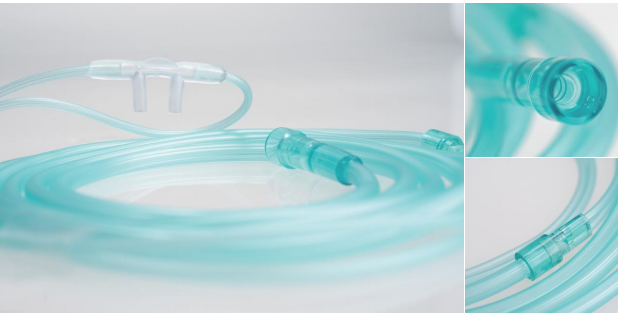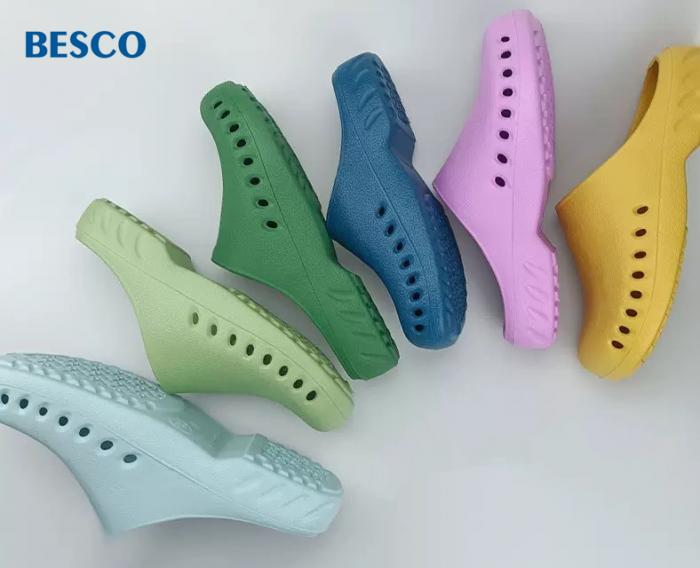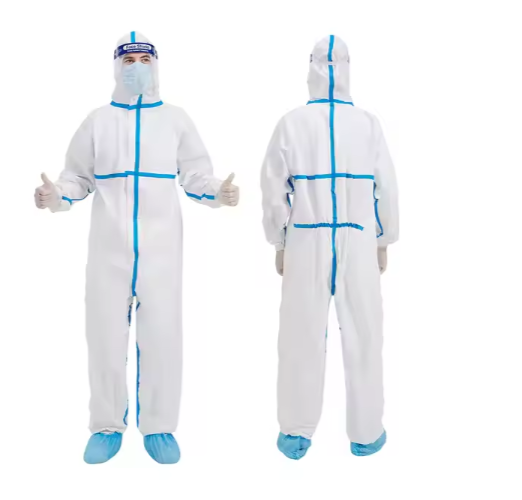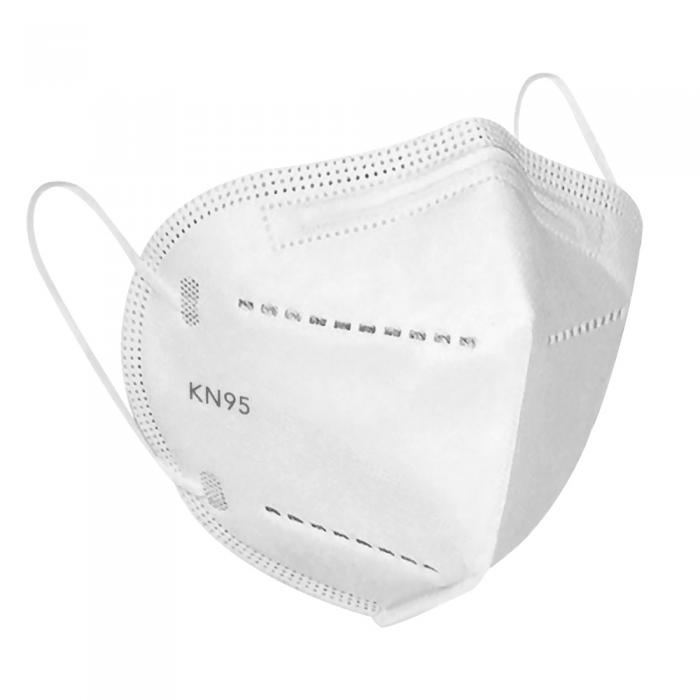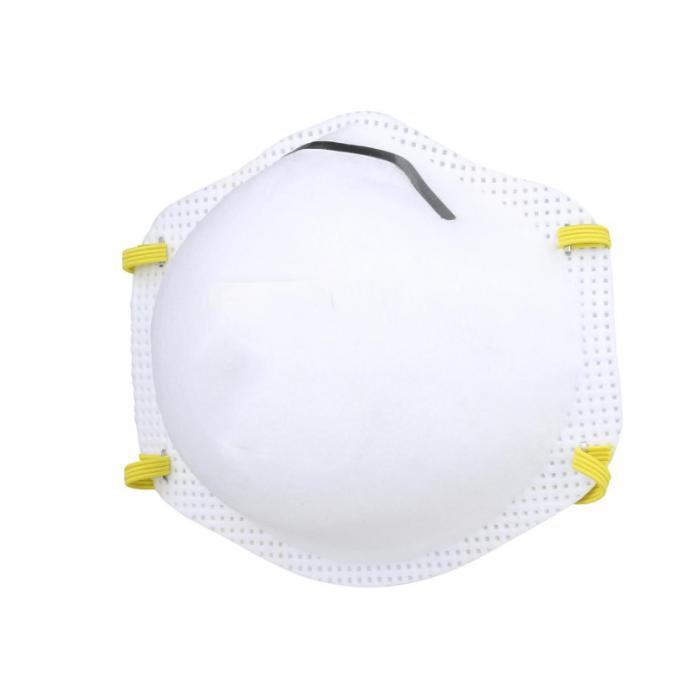| Name: | Oxygen Tubes |
|---|---|
| Model No.: | Oxygen Tubes |
| Material: | Plastic |
| Brand: | BESCO |
| Keywords: | Oxygen Tubes,Medical Oxygen Tubes,Disposable Medical Oxygen Tubes |
| LEAD TIME: | 5 days |
| Sample: | Available |
| MOQ: | 1000 pcs |
| Payment Term: | T/T in advance |
| Country of Original: | China |
| Port: | Qingdao |
| Stock: | Available |
| Factory Address: | Changyuan,China |
| Office: | Zhengzhou,China |
Products Description
The nasal cannula is a device used to deliver supplemental oxygen or increased airflow to a patient or person in need of respiratory help.
The other end of the tubeis connected to an oxygen supply such as a portable oxygen generator, or a wall connection in a hospital via a flowmeter.
Pediatric Size
Adult Size
Oxygen tubes, most commonly referring to nasal cannulas, are flexible, lightweight medical devices with two prongs that deliver supplemental oxygen to the nose from an oxygen source like a concentrator or tank. Oxygen tubing, in a broader sense, is also the flexible conduit connecting the oxygen source to a patient's delivery device, such as a cannula or a face mask. These are used for oxygen therapy in patients with respiratory conditions like COPD, asthma, pneumonia, or low blood oxygen levels, providing a steady, adjustable supply of oxygen to support proper organ function.
Types and Components
Nasal Cannula:
.A thin, flexible tube with two prongs that fit into the nostrils, delivering oxygen directly into the airways.
Oxygen Tubing:
.The longer, flexible tube that connects the oxygen source (like a concentrator or cylinder) to the patient's delivery device.
Oxygen Source:
.This can be a portable oxygen generator, home oxygen concentrator, or an oxygen tank.
Purpose and Use
Respiratory Conditions:
.Used to treat various conditions affecting breathing, including chronic obstructive pulmonary disease (COPD), asthma, pneumonia, cystic fibrosis, and lung cancer.
Low Blood Oxygen:
.Provides supplemental oxygen to individuals whose bodies are not getting enough oxygen.
Convenience:
.Nasal cannulas are low-profile and allow users to talk, eat, and move more easily than face masks, making them a comfortable and convenient option for long-term and home use.
Benefits
Comfortable: Designed to fit gently and comfortably on the user's face.
Less Invasive: A less intrusive alternative to face masks for oxygen therapy.
Portability: Allows for greater portability and freedom of movement for patients using portable oxygen devices.
Considerations
Fire Risk:
.Oxygen is a fire risk; therefore, patients should never smoke or use flammable materials while using oxygen.
Dryness and Irritation:
.Prolonged use can sometimes cause dryness or irritation to the nose, lips, and skin.
